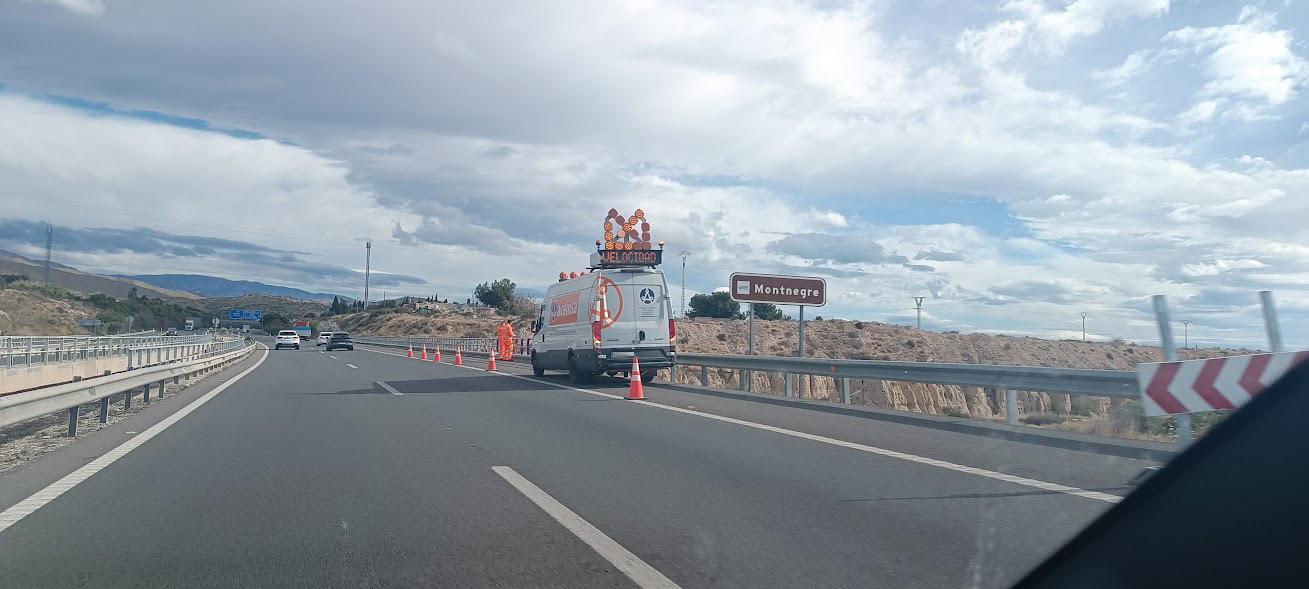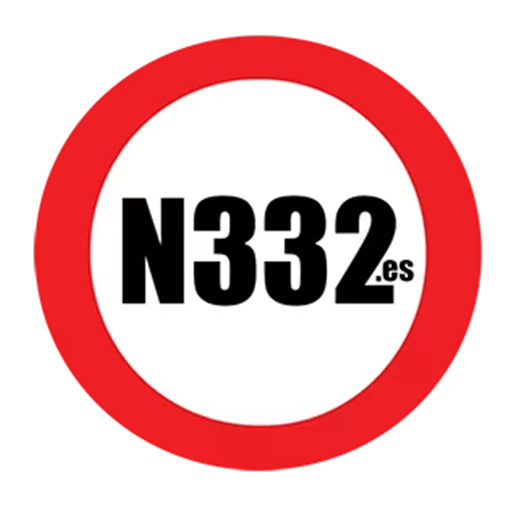Whether setting off for a holiday break, or taking a longer than normal trip locally, it is likely that you will benefit from driving on a motorway, but it is important to realise that there are specific rules for driving on motorways in Spain, which are designed to make the roads as safe as possible for all.
Motorways, and to a slightly lesser extent, dual carriageways, are the most frequented and safest types of roads due to their largely sterile and spacious design, but high speeds require drivers to respect the rules and maintain maximum concentration to anticipate possible risks.
In Spain there are 15,500 kilometres of motorways and dual carriageways which account for 80% of all annual kilometres travelled and around 25% of all deaths and serious injuries in road incidents: in 2023, 345 people died and 964 were seriously injured in accidents that occurred on these roads.
Contents
Drive on the Right
It is essential to comply with this rule on motorways and dual carriageways: drive in the right-hand lane normally, and use the rest of the lanes only for overtaking, returning to the right-hand lane as soon as it is safe and practical.
Appropriate Speed
Respecting the maximum speed limit is essential. In 2023, there were 135 deaths and almost 400 serious injuries in road exits on motorways and dual carriageways, a type of incident directly linked to speeding and distractions: at 120 km/h, the maximum legal limit allowed for cars and motorcycles among other vehicles, it may take up to 150 metres to stop the vehicle. Buses and trucks have lower limits (100 and 90 km/h respectively).
The speed limit may be lower in areas such as passing through towns and cities, or where lanes are narrower, amongst other reasons, so it is important to watch for road signs warning and enforcing lower limits.
Mopeds, vehicles for people with reduced mobility and animal-drawn vehicles are prohibited from entering, as they do not reach the appropriate minimum speeds. Cyclists, banned from motorways, can use the hard shoulders of dual carriageways when there is no other alternative.
Allow Space and Be Considerate
It is one of the most important and least respected rules of driving. All you have to do is observe the gaps between vehicles that many drivers leave on the road. At 120 km/h, two to three seconds of separation between vehicles is necessary – counting 1001, 1002, 1003… from a fixed point – to drive without risk of collision if, for example, an unexpected braking or sudden stop were to occur. Rear-end and multiple collisions, often caused by inadequate separation between vehicles, caused 78 deaths and 273 serious injuries on motorways and dual carriageways in 2023.
Allowing adequate space also allows vehicles to join the motorway safely. Although vehicles travelling on motorways and dual carriageways have priority over those merging, the law also establishes the obligation to facilitate merging whenever possible and safe, in order to make traffic safer and more fluid, by changing to the left lane if it is unoccupied or simply lifting the foot off the accelerator pedal for a few seconds. To do this, observation and anticipation are essential.
Prohibited Moves
Reversing, U-turns, stopping and parking are completely prohibited on these roads and should only be done in designated areas (exits, rest areas and service areas). If you miss your exit, look for the next one.
Pedestrians are prohibited from accessing and walking on motorways under any circumstances. In 2023, 57 pedestrians died and 47 were hospitalised as a result of being run over on motorways and dual carriageways, including drivers who got out of their vehicles in an emergency.
Stopping on the hard should is prohibited except in an emergency.
Emergencies
When an emergency means you cannot drive above 60 km/h on a motorway, you must leave the motorway at the next available exit in order not to become a danger to others: a stopped vehicle, even on the hard shoulder, poses a potential risk of collision for other vehicles and yourself.
If your car says ‘enough’ and you cannot continue, stop it on the right-hand hard shoulder, signal your position with the emergency lights and the V-16 signal and place the passengers in a safe place off the road whenever possible. Warning triangles, which become totally obsolete at the end of 2025, are not mandatory on motorways, but you should use the V-16 emergency light.
Motorway Changes in 2025
Proposed changes working their way through the legislative procedure, and most likely to enter into force in 2025, include the addition to article 31.2 of the General Traffic Regulations, which will prohibit overtaking by all vehicles on motorways when certain weather conditions complicate traffic.
All vehicles will be required to exclusively use the right-hand lane, leaving the left-hand lanes, the overtaking lane, free for the exclusive use of emergency vehicles and snow ploughs.
Motorbikes will be permitted to drive on the hard shoulder, at reduced speed, in certain circumstances such as the reduced flow of traffic.




Discover more from N332.es - Driving In Spain
Subscribe to get the latest posts sent to your email.

You must be logged in to post a comment.